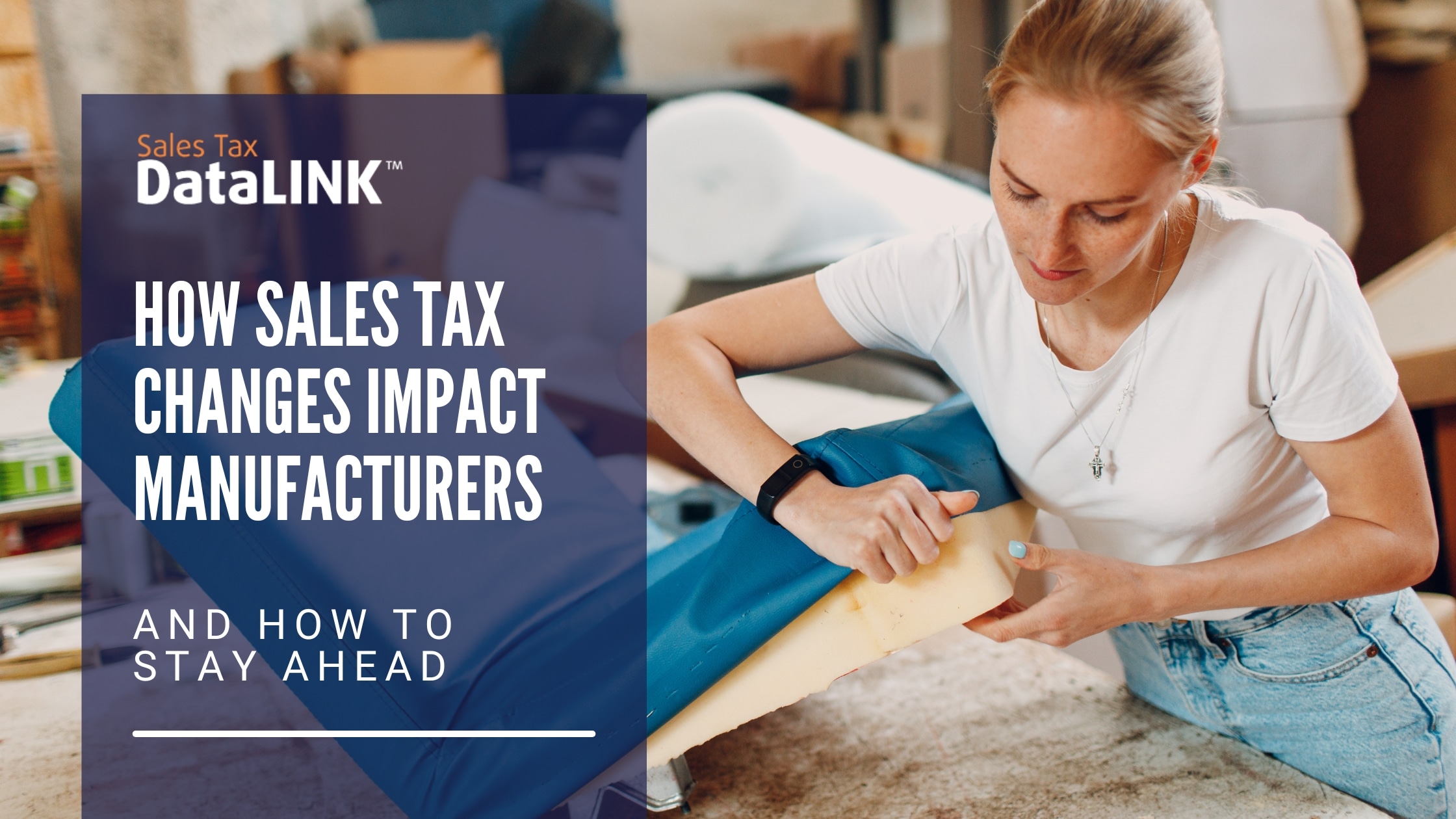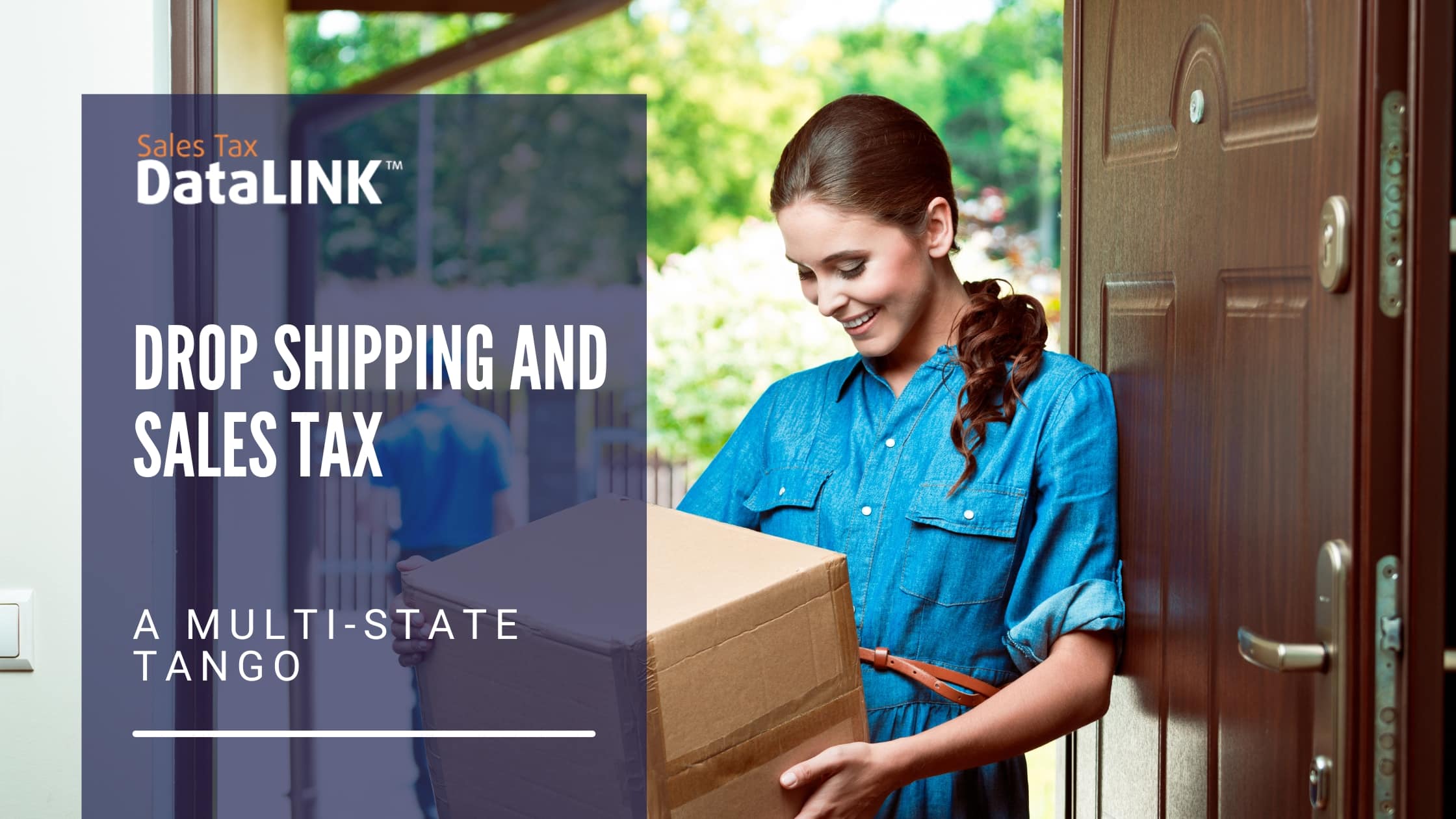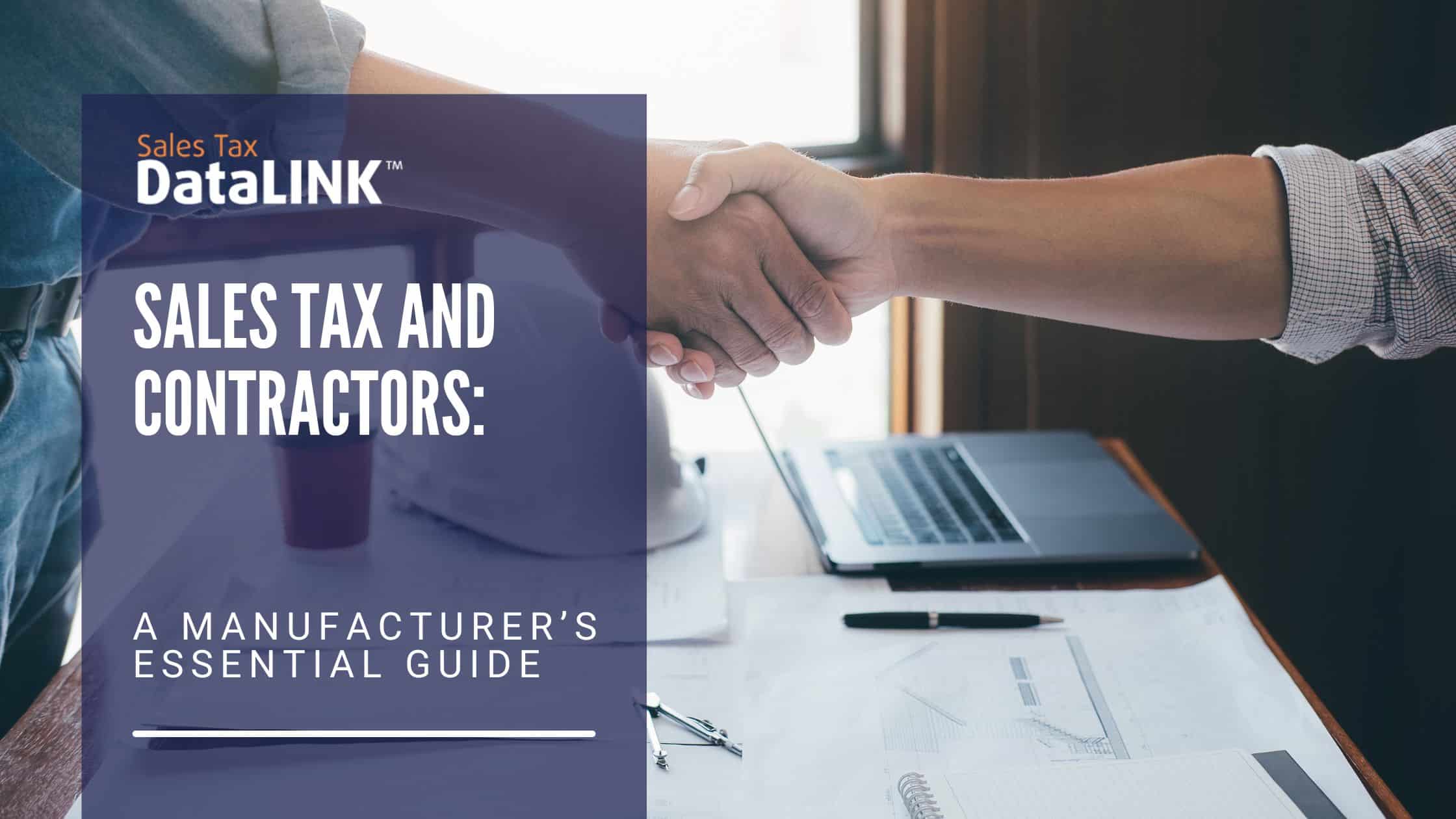Understanding Sales Tax Rates is key to proper sales tax compliance and calculations. To get sales tax right, you need to determine:
- Where you have nexus and must collect tax
- If your goods and services are taxable in those jurisdictions
- The specific sales tax rate to apply in each location
Getting accurate, up-to-date sales tax rates across multiple states and cities is complex. This article provides guidance on “Understanding Sales Tax Rates” to enable precise calculations and compliance. If managing changing tax rates seems daunting, the experts at Sales Tax DataLINK can handle compliance for you.
Sales tax rates
Sales tax is calculated as a percentage of a purchase. If your state has a 6.5% sales tax rate, then $100 worth of taxable goods will cost you $106.50. When you see $100 worth of taxable goods or services, you must collect that $100 from the consumer and also collect $6.50 and pass it on to the state.
You may also have to add on the percentage charged by your city or county, say another 1.5%. In that case, your total sales tax rate in your city would be 8%. States with no state sales tax may still allow cities or counties to charge sales tax.
What’s more, both states and municipalities may charge different rates of sales tax for particular items. Groceries, for example, are often taxed at a lower rate than other goods in states where they are not exempt from sales tax. Items may also be exempt from state sales tax but taxable by cities, in which case they will be taxed at a lower total rate than other goods.
Sales tax rates vary from state to state. As of this writing, California has the highest state tax, and there are five states with no sales tax. Puerto Rico, a territory of the United States, has the highest sales tax rate in the nation at 11.5%. You can’t collect sales tax without knowing the current sales tax rate for the jurisdiction where you are selling your goods and services.
Origin or destination
Theoretically, every state calculates sales tax either by origin — where the seller is — or by destination — where the buyer is. If you make a sale to a local customer in your state and city, with that 8% tax rate we imagined earlier. then you will charge 8% in sales tax. That’s simple.
However, when you have sales in other tax jurisdictions, you must know whether to charge by origin or destination. Since Wayfair, some states use origin for in-state sales and destination for remote sellers. If your business is in that 8% tax jurisdiction and you make a sale to someone with sales tax calculated by origin, you will. charge them 8%. However, if sales tax is calculated by destination, you will have to charge the sales tax rate in the town where you’re shipping the goods.
Different states have different arrangements for sourcing by origin or destination. California uses origin for some sales tax and destination for others, depending on the jurisdiction. Virginia uses origin sourcing, as of the time of writing, and Texas is a destination-sourced state.
If you’re a retailer, you might have a point-of-sale system that automatically calculates sales tax rates according to destination. Most POS systems, however, calculate by origin. All of them may be out of date. Sales Tax DataLINK’s patented software verifies sales tax rates before you file.
Finding tax rates
You might think you could just look up the tax rate by using Google or Wikipedia. Nope.
There are several reasons for this:
- First, rates change all the time. Many resources are outdated but still available.
- Second, rates are complicated. Knowing the basic state sales tax rate doesn’t tell you if some items have a higher or lower rate or if a municipal tax also applies.
You need a sales tax engine that gives you accurate sales tax rates as of the time you need them. Many simple sales tax engines are not very accurate and are not updated to account for every change. Sales Tax DataLINK gives you invoice-level accuracy.
We’d love to provide you with a demo of our software using your data so you can really see how our solution meshes with your workflow… Call now! 479-715-4275.




